Oil pressure and boost gauge
The boost gauge is generally used to show the pressure value the engine is currently experiencing.
The first of the three tables above the turbo gauge is the oil temperature, the second is the boost pressure, and the third is the oil pressure.
The oil temperature should be appropriate. If the oil temperature is too low, the oil viscosity will be too large, and the fluidity and cooling effect will be poor. If the oil temperature is too high, the viscosity will be too low to form a complete oil film on the inner wall of the cylinder, which is easy to pull the cylinder. So we say to warm up the car first, then pull the load. That's it.
In addition, the oil temperature is directly related to the load. Generally, the larger the load, the higher the oil temperature. Excessive oil temperature usually occurs at low speed and high load, and it is generally a climbing condition for driving. Since it is turbocharged, the pressure at the intake is much greater than one bar.
Normally, we can think that output torque and boost pressure are directly related. Of course, strictly speaking, it also depends on other parameters such as throttle, speed and so on. Another important function of this instrument is to monitor the turbine not to overspeed. Usually, the performance of the turbine overspeed has an excessive pressure ratio. This is not the only realization, but it is the most intuitive.
Once the intake pressure ratio is too large, the intake air volume will increase, the engine load will increase, the exhaust volume will increase sharply, and the turbine will further overspeed.
The last one is the oil pressure, which usually refers to the main oil pressure, which is four bars when most engines are under heavy load. The function of this is to monitor whether the lubrication system is working properly. Usually, the pressure is too low or not even when the fault occurs. This basically means that the oil pump is hung up, and then it is easy to explode the cylinder.
On the experimental bench, these three parameters are all safety parameters, and the intake pressure is also involved in the calculation of the fuel injection amount. If any of these three parameters exceeds the standard, the first action is to release the accelerator and reduce the load.
The main function of turbocharging is to increase the air intake of the engine, thereby increasing the power and torque of the engine, and making the car more powerful. After an engine is equipped with a turbocharger, its maximum power can be increased by 40% or even higher than when the turbocharger is not installed. This means that the same engine can output more power after being supercharged.
Take our most common 1.8T turbocharged engine as an example. After supercharging, the power can reach the level of a 2.4L engine, but the fuel consumption is not much higher than that of a 1.8L engine. On another level That is to improve fuel economy and reduce tailpipe emissions.
However, after supercharging, the pressure and temperature of the engine during operation are greatly increased, so the engine life will be shorter than that of the same displacement engine without supercharging, and the mechanical performance and lubrication performance will be affected. To a certain extent, the application of turbocharging technology in the engine is limited.
 English
English 
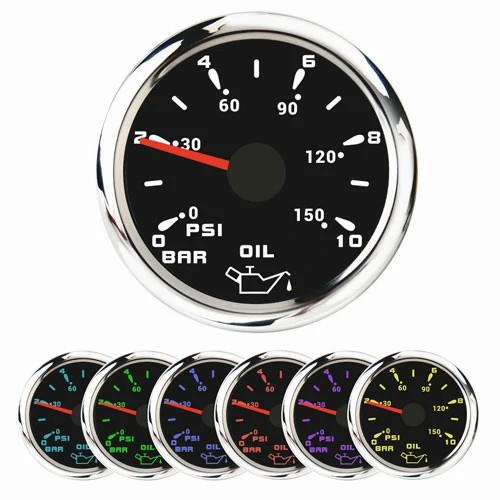
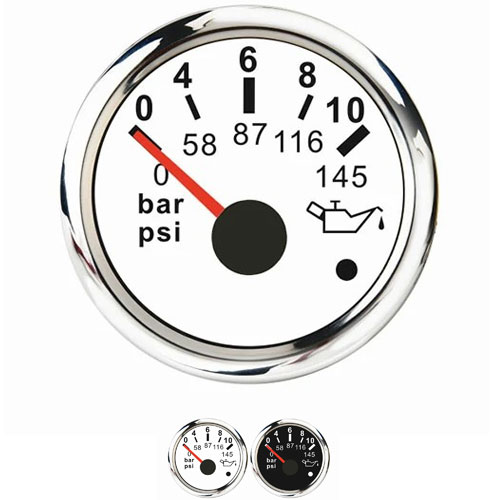
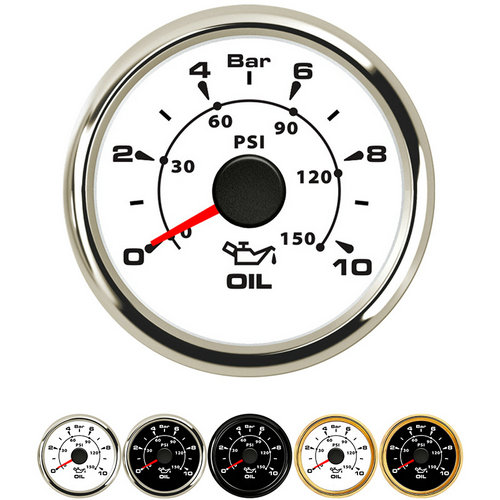

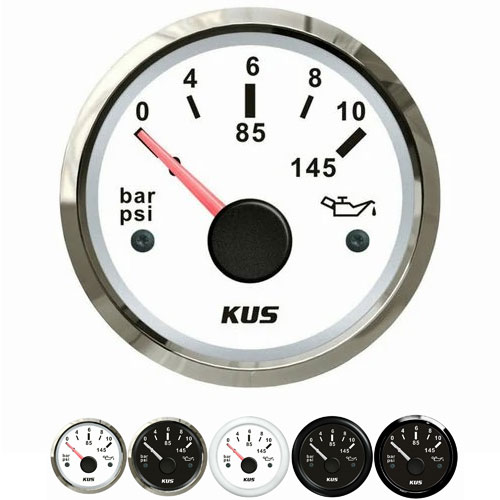
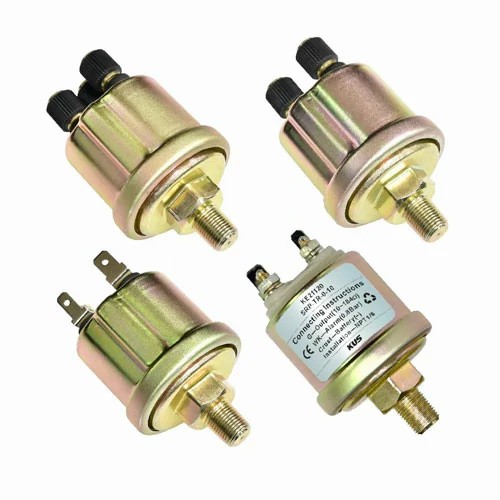
Get a Quote / Info